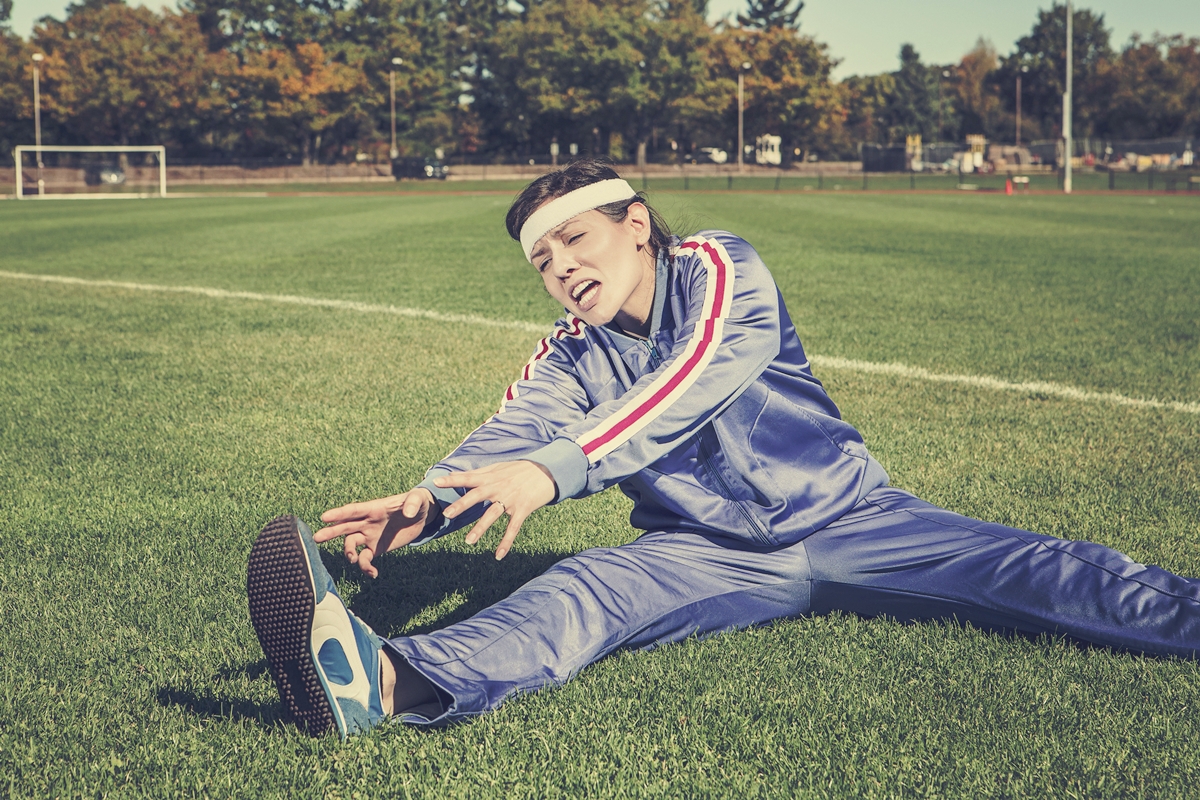For the most part, being physically active can benefit your health in many different ways: your blood flow increases, you sweat the toxins out of your body and you gain stamina and strength during time. However, doing exercises the wrong way can lead to serious injuries and may have fatal repercussions. That is why proper exercises are the key to achieving effective results. That should help you avoid some of these dangerous conditions:
- Joint dislocation
Joint dislocation is one of the most common fitness injuries. It usually occurs when excess pressure is placed on the ligaments which causes the cartilage to slip out of position, resulting in sharp devastating pain. If this happens, immobilize the joint and immediately, place ice in order to reduce the swelling and call a medical expert.
Prevention: Before you step into the gym or start working out with any of the complex equipment, make sure you consult an expert, preferably one with a certified diploma of disability, who will explain the nature of the exercise meant for that specific machine and how to use it to your advantage. In order to prevent this injury from happening, make sure you warm up before any type of workout, focusing on your weak spots (like knees, shoulders or ankles).
- Strain ligaments
The second common injury which occurs even with professional athletes is a strain ligament (like the groin ligament or the ALC – anterior cruciate ligament). What is problematic with these types of injuries is that their recovery is quite long (takes a minimum of 6 months, on average), it usually requires surgical intervention and once it happens it is bound to occur again, so extra care is required. Many professional sportsmen had to give up their careers due to this injury.
Prevention: Again, proper warm up is key to avoiding such physical trauma. Also, take extra care with the amount of weight you use while lifting and make sure to stretch after each workout.
- Head concussions
Concussions are severe brain injuries which can lead to temporary loss of brain function, but the biggest threat with this trauma is that it has a variety of physical, cognitive and emotional symptoms, which may not be recognized immediately as they are pretty subtle. This injury is most common with contact and extreme sports but it may happen inside a gym or fitness studio if the equipment is handled improperly. The treatment for concussions involves physical and cognitive rest and close monitoring.
Prevention: The best way to avoid head injuries is to take extra care when working out and wearing appropriate protective gear.
- Back injuries
Back injuries may be one of the most dangerous since they could have fatal repercussions. Back trauma can range from simple strains which will put you to bed rest for a couple of weeks to broken vertebrae which could lead to partial or total paralyses or in worst cases death.
Prevention: Be careful when doing sit-ups and push-ups as these exercises put a lot of pressure on back muscles and the spine. Make sure you have a proper mat underneath you and never push too hard if you feel any type of pain or strain while doing an exercise.
- Broken bones
Another injury linked to contact and outdoor sports, but equally troubling. For example, the tibia (which is the main bone in your leg) is the strongest bone in our body, usually compared to the density and strength the four times of concrete. Its fracture is audible in close vicinity of the victim. Bone breakage, whether it is an open or closed fracture, is excruciatingly painful and requires painfully long recovery.
Prevention: A proper nutrition plan from an early age is essential to stronger bone structure, so consider introducing calcium and potassium rich foods. Also, when working with heavy weights, always consult a fitness expert on their proper use and have somebody help you with pulling on the bench.
If you haven’t yet had a date with any of these conditions you’re both lucky and smart enough to know how to avoid them. Remember to always listen to your body and respect its limitations. That is the only way you will be able to push them further – by a smart workout, not a strong one.
Peter Minkoff
Contact me on Twitter by clicking here




